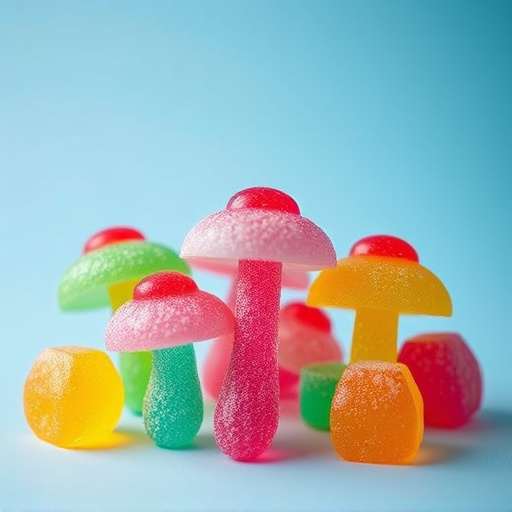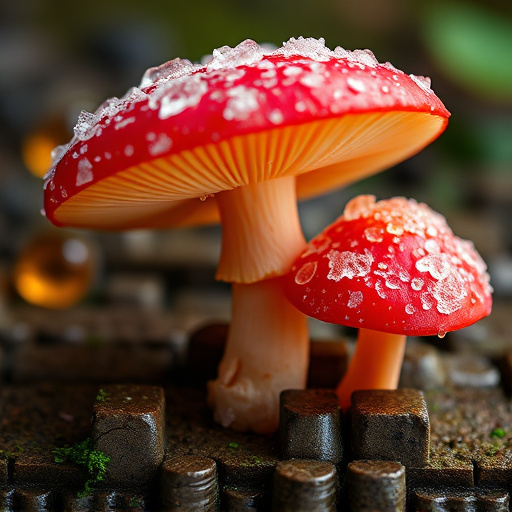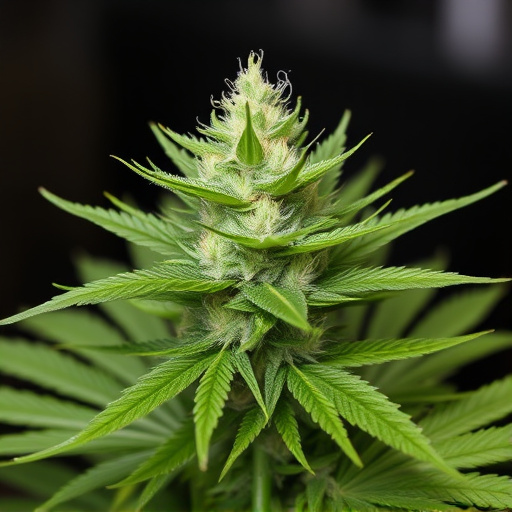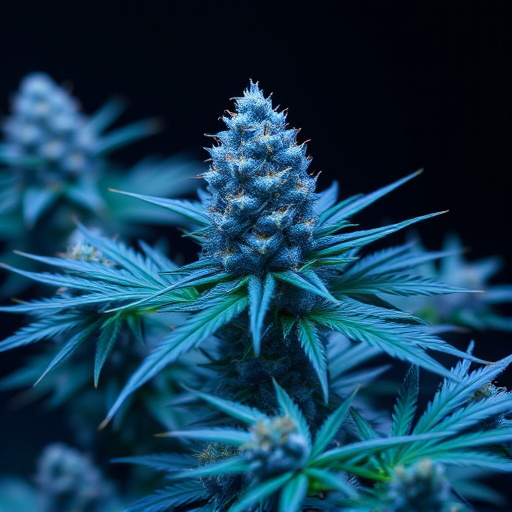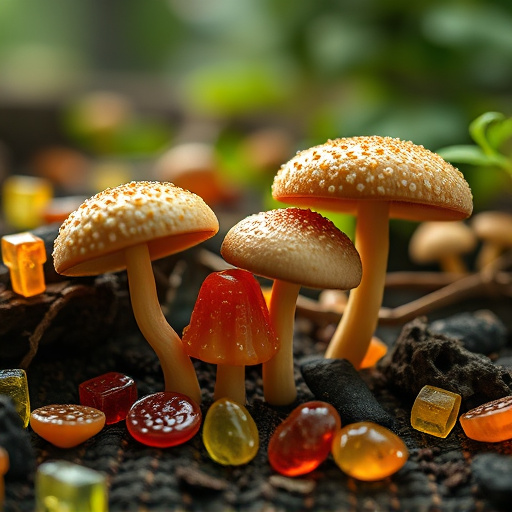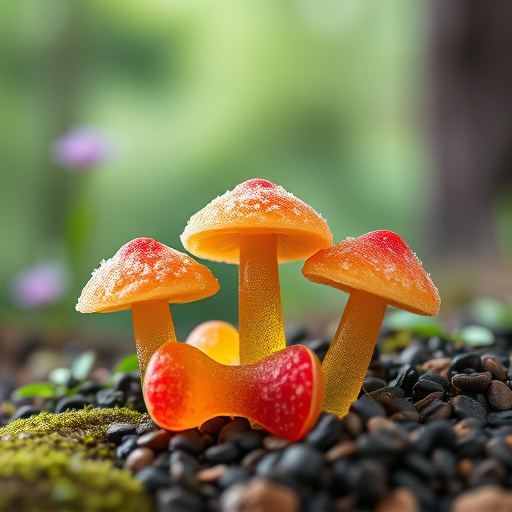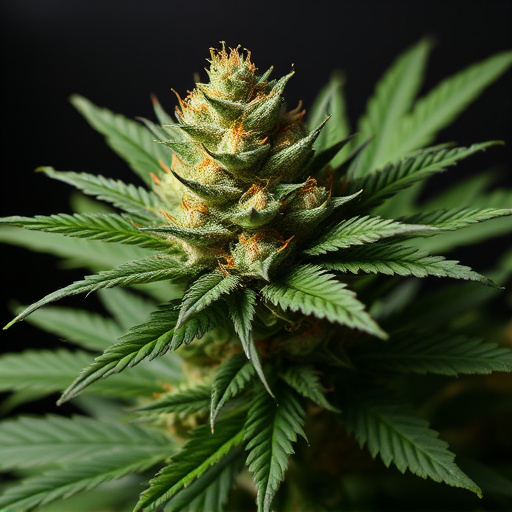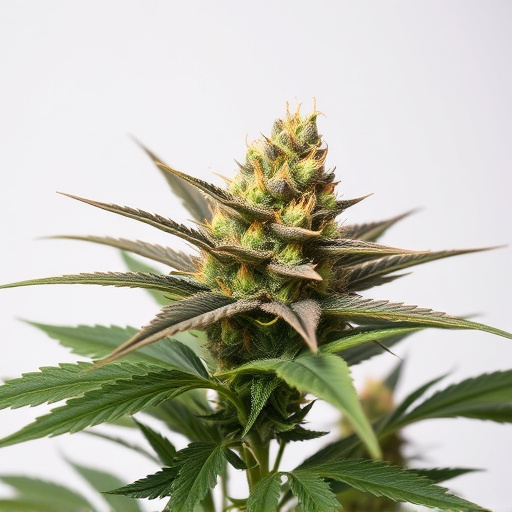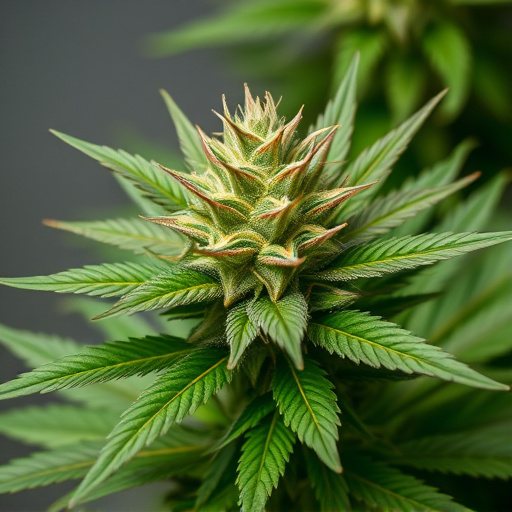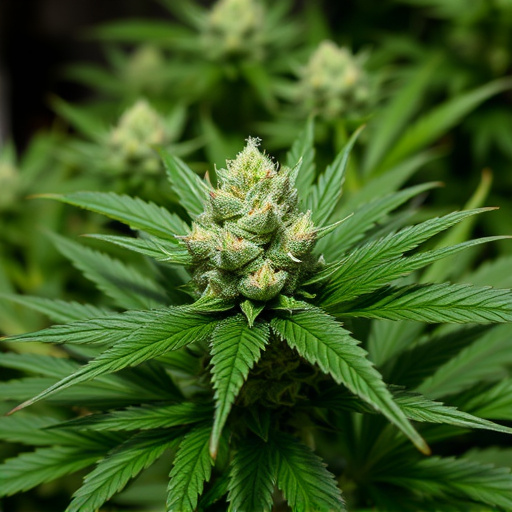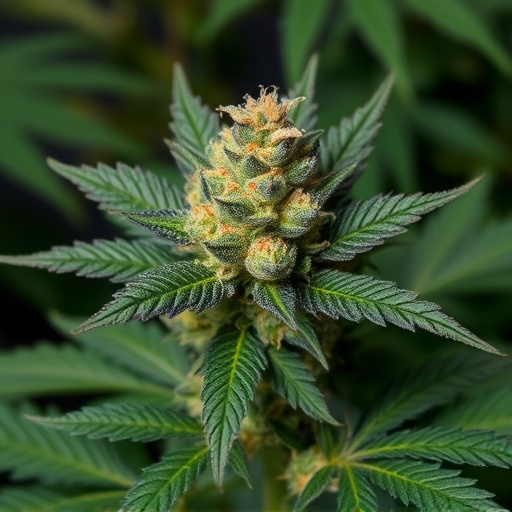Trichomes, microscopic glands on cannabis flowers, are key to its potency and therapeutic properties, especially in good indica strains. These hair-like structures mature to amber or brown, signaling optimal extraction points for potent oils with higher cannabinoid concentrations, making them more desirable for recreational and medicinal users seeking stress relief, anxiety reduction, and sleep aid.
“Unraveling the mysteries of trichomes in cannabis flowers is key to understanding this complex plant’s unique properties. Trichomes, tiny hair-like structures, play a pivotal role in shaping the final characteristics of cannabis. This article guides you through the intricate world of trichomes, exploring their diverse types, functions, and impact on cannabis strains, particularly focusing on the renowned good indica varieties. By delving into harvesting and curing techniques, you’ll gain insights to optimize trichome maturity, ensuring superior cannabis quality.”
- The Role of Trichomes in Cannabis Flowers
- – What are trichomes?
- – Types and locations of trichomes on cannabis plants
The Role of Trichomes in Cannabis Flowers
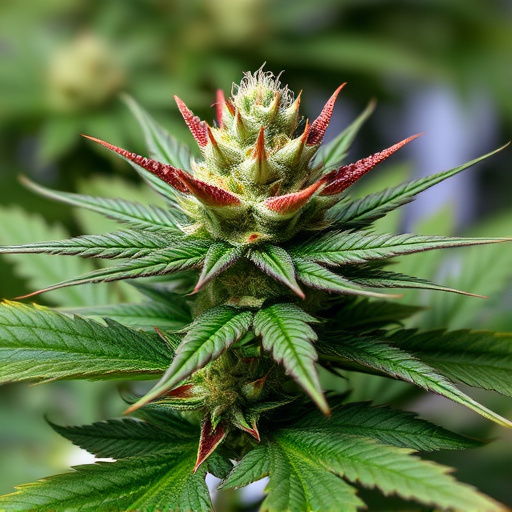
Trichomes play a pivotal role in cannabis flowers, contributing significantly to both its potency and unique properties. These tiny hair-like structures, often seen as a sticky resin on the plant’s surface, are glands that produce and secrete various cannabinoids and terpenes. In the world of cannabis, especially when considering good indica strains, trichomes serve as a measure of maturity and quality. As the flowers age, trichomes turn amber or brown, indicating optimal extraction points for potent oils.
Beyond their visual appeal, trichomes enhance the therapeutic effects of cannabis. They act as protective mechanisms, shielding the plant from pests and environmental stressors. The resins within trichomes are rich in THC (tetrahydrocannabinol) and CBD (cannabidiol), offering a range of potential health benefits. In terms of good indica strains, robust trichome development is often sought after for its correlation with higher cannabinoid concentrations, making the flowers more desirable for both recreational and medicinal users.
– What are trichomes?
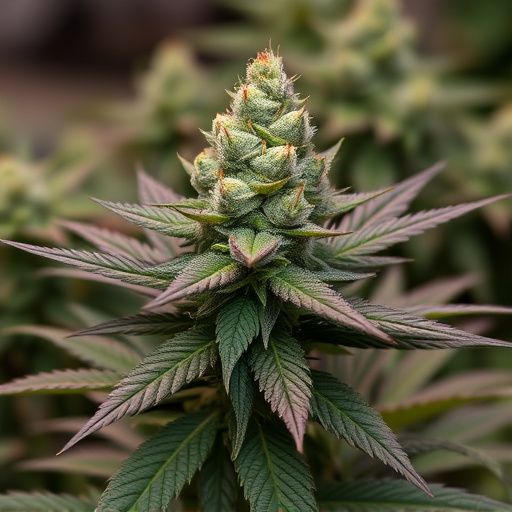
Trichomes, often referred to as tiny hair-like structures, are an essential part of cannabis flowers, adding to both their aesthetic appeal and unique properties. These glandular trichomes produce and secrete a range of compounds, including terpenes and cannabinoids, that contribute significantly to the plant’s aroma, flavour, and potential therapeutic effects. When it comes to identifying high-quality indica strains known for their soothing and relaxing properties, examining the density and appearance of trichomes can be a valuable indicator.
Indica plants tend to have denser trichome coverage, especially when cultivated under optimal conditions. Good indica strains often feature trichomes that appear as tiny, sticky globs or hair-like structures covering the flower buds. This dense trichome development is not only visually striking but also signifies higher concentrations of beneficial compounds, making these strains popular among users seeking relief from stress, anxiety, and insomnia.
– Types and locations of trichomes on cannabis plants
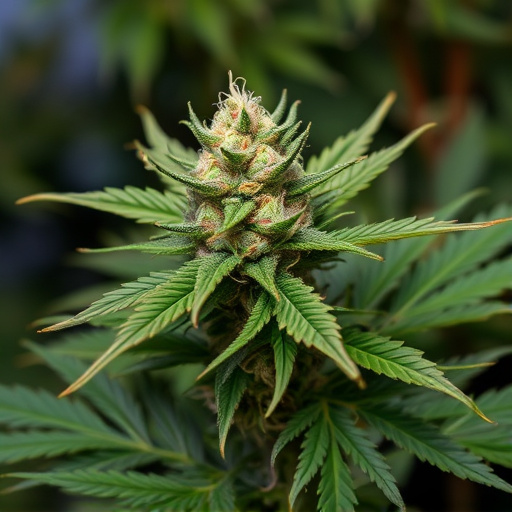
Trichomes are small, glandular hairs that play a significant role in cannabis plants, particularly in their flowers or buds. They can be found on various parts of the plant, including leaves and stems, but their most prominent presence is on the surface of mature cannabis flowers, where they cover the bud’s resin glands. These glands produce terpene-rich oils that contribute to the plant’s unique aroma and potential therapeutic effects.
There are two primary types of trichomes: glandular trichomes and non-glandular trichomes. Glandular trichomes, which are more abundant in good indica strains, are responsible for producing most of the cannabis’ aromatic compounds. They have a headlike structure at their tips, filled with resinous material known as cannabinoids, including THC (tetrahydrocannabinol) and CBD (cannabidiol). Non-glandular trichomes, often smaller in size, do not produce these chemicals but offer protection against pests and environmental factors.
In understanding the intricate world of cannabis flowers, recognizing trichomes is key. These tiny, hair-like structures not only contribute to the plant’s visual appeal but also play a vital role in shaping its unique properties. By examining their types and locations, cultivators can better select and develop superior good indica strains, ensuring a more satisfying experience for consumers. Trichome knowledge empowers both growers and enthusiasts to appreciate the complex interplay between these microscopic features and the overall cannabis experience.

